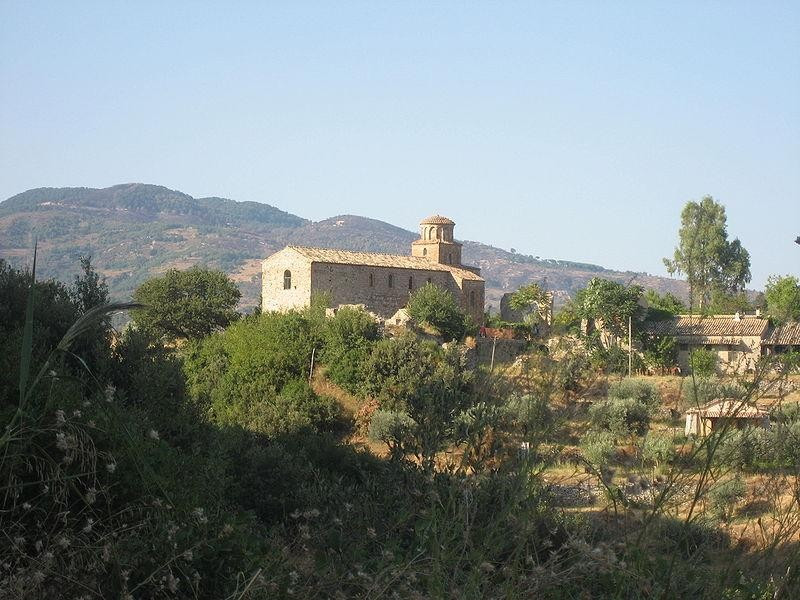Monastero di San Giovanni Theristìs
In the Stilaro Valley he lived and worked, in the ninth century, St. John Theristis. After his death, its places and its aghiasma (sacred spring) became a place of pilgrimage, giving rise, in the eleventh century, a Byzantine Monastery that, in the next Norman period, established itself as one of the most important Basilian monasteries of South of Italy, maintaining the splendor and wealth until the fifteenth century. The monks were learned and possessed a large library. In the seventeenth century, because of the numerous incidents of banditry, the monks decided to abandon the site and move into bigger St. John Theristis Convent Outside the Walls, in the city of Stilo, which were transferred also the Saint's relics. Following the Napoleonic laws, the building owned by the municipality of Bivongi. In 1990 they began the renovation work, and in 1994 began to live there permanently the first Athonite monks (from Athos Mount). In 2008 the City of Bivongi, granted the use of the Monastery to the Romanian Orthodox Church, in accusation of carelessness on the part of the Greeks. The Basilica is a clear testimony of the merger between the architectural style of the Byzantine to the Latin: Norman elements you see the inside whole, in the four corner pillars closed arches supporting the dome; while the Byzantine style is evident in the outer wall. Inside, traces of frescoes depicting St. John Theristis, icons, paintings, frescoes, mirable sacred vessels and the iconostasis and the beautiful golden chandelier in the nave.


